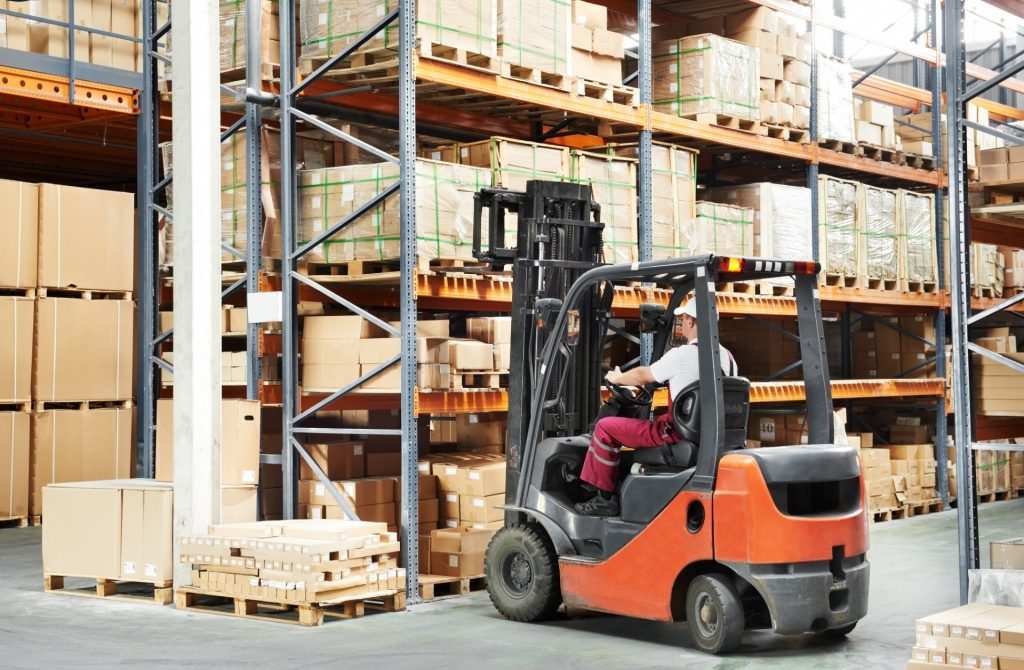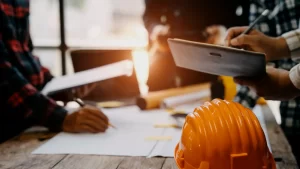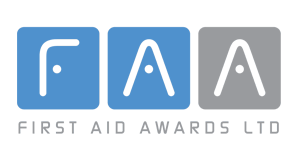Forklift safety is a critical concern for any workplace that utilises these powerful machines. Forklifts, while essential for material handling and logistics, pose significant risks if not operated correctly or maintained adequately.
According to the Health and Safety Executive (HSE), forklift accidents are one of the leading causes of workplace injuries in the UK, with common incidents including collisions, overturning, and injuries from falling loads. Ensuring forklift safety is not just a legal obligation but a moral one, aiming to protect operators and bystanders from potential harm.
Maintenance plays an equally important role in forklift safety. Regular and thorough maintenance routines help prevent mechanical failures that can lead to accidents. By maintaining forklifts properly, companies can avoid costly downtime and ensure that their equipment operates at peak efficiency.
Preventive maintenance helps in identifying potential issues before they become serious problems, thereby extending the lifespan of the forklift and maintaining a safe working environment.
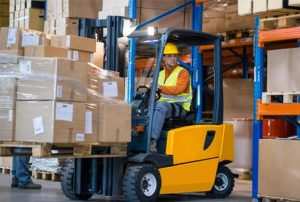
Understanding Forklift Safety
Understanding the fundamentals of forklift operation is the first step towards ensuring safety. Operators must be well-versed in basic operational procedures, including starting and stopping the forklift, manoeuvring in tight spaces, and handling loads safely.
Common hazards associated with forklift use include tipping over, collisions with objects or people, and falling loads. These risks highlight the necessity for operators to receive comprehensive training and to remain vigilant at all times.
In the UK, forklift operation is governed by strict regulations to ensure safety. The Health and Safety at Work Act 1974, along with specific guidelines from the HSE, outlines the responsibilities of employers to provide safe working conditions and proper training for forklift operators.
Compliance with these legal requirements not only helps in avoiding penalties but also fosters a culture of safety within the workplace. Employers must ensure that all forklift operators are certified and that their training is up-to-date, reflecting any changes in safety standards or operating procedures.
Pre-Operational Safety Checks
Pre-operational safety checks are crucial in identifying potential hazards before they can cause accidents. A daily inspection checklist should include visual checks of the forklift’s tyres, forks, chains, and overall condition.
Functional tests should be conducted on essential systems like brakes, steering, and the horn. By performing these checks systematically, operators can catch issues early, preventing equipment failure during operation.
Documenting inspections is equally important as conducting them. Maintaining thorough records of daily inspections not only helps in tracking the forklift’s condition over time but also provides evidence of compliance with safety regulations.
An inspection log template can standardise this process, ensuring that no critical check is overlooked. These records can be invaluable during safety audits and investigations into any incidents that occur.
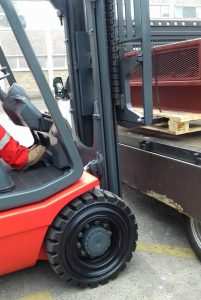
Safe Operating Practices
Proper loading and unloading techniques are fundamental to forklift safety. Ensuring that loads are stable and balanced before lifting can prevent accidents caused by tipping or falling loads.
Operators should be trained to avoid common mistakes, such as overloading the forklift or lifting loads inappropriately. Additionally, understanding the characteristics of different loads and how to handle them safely is essential for preventing accidents.
Navigating the workplace safely requires operators to be aware of their surroundings and to follow established safety protocols. This includes driving at appropriate speeds, using designated routes, and being mindful of pedestrians.
In high-traffic areas, clear communication and the use of warning signals can help prevent collisions. Handling emergencies effectively is also crucial; operators should know the procedures for accidents and near-misses, including when to evacuate the area and how to provide first aid.
Maintenance of Forklifts
Routine maintenance tasks are essential to keep forklifts in safe operating condition. These tasks include regular inspections of key components, such as the hydraulic system, brakes, and steering. Replacing worn-out parts and conducting periodic servicing can prevent unexpected breakdowns.
Maintenance logs should be kept meticulously, documenting all repairs and servicing activities to provide a comprehensive history of the forklift’s condition.
Troubleshooting common issues is a vital skill for forklift operators and maintenance personnel. Identifying and fixing minor problems, such as tyre inflation and fluid levels, can prevent more serious issues from developing.
However, recognising when to call a professional for repairs is equally important. Complex problems, particularly those involving the forklift’s electrical or hydraulic systems, should be handled by trained technicians to ensure they are resolved correctly and safely.

Training and Certification
Proper forklift training is the cornerstone of safety. Well-trained operators are more likely to follow safety procedures and less likely to make mistakes that could lead to accidents.
Comprehensive training programmes should cover all aspects of forklift operation, including safe driving techniques, load handling, and emergency procedures.
Employers have a legal obligation to ensure their operators are adequately trained and certified.
Choosing a reputable training provider is crucial for effective training. Look for providers that offer accredited courses and have a strong track record in safety training.
The training should be both theoretical and practical, providing hands-on experience in a controlled environment.
Certification should be renewed periodically to keep up with new safety standards and technological advancements in forklift design and operation.
Conclusion
Forklift safety and maintenance are intertwined responsibilities that play a critical role in workplace safety.
By understanding the fundamentals of forklift operation, conducting thorough pre-operational checks, adhering to safe operating practices, and maintaining equipment properly, companies can significantly reduce the risk of accidents.
Furthermore, investing in comprehensive training and ensuring operators are certified reinforces a culture of safety that benefits everyone in the workplace.
In conclusion, prioritising forklift safety and maintenance not only protects workers but also enhances operational efficiency and reduces costs associated with accidents and equipment downtime.
By fostering a proactive approach to safety, employers can create a safer, more productive work environment.
Encouraging a culture of continuous improvement and vigilance in forklift safety practices will yield long-term benefits for both employees and the business as a whole.

